I am trying to adjust x and ymax in the following script in ggplot2 package in R to adjust plotting coordinates of errorbar, however it returns errors.
gplot <- function(prd) {
ggplot() +
geom_polygon(data=shp.t,aes(x=long,y=lat,group=group),
fill="white",colour="grey") +
## Plot errorbar
geom_errorbar(data=te10.cent,size=2,colour="red",
alpha=.8,width=0,
aes_(x=quote(long.cent)-350,ymin=quote(lat.cent),
ymax=quote(lat.cent)+prd))
}
gplot("Field Name") # Not number but field name of the data frame
(Sorry, I cannot upload the actual data frame that I am using.)
These are the errors that I am facing:
Error in quote(lat.cent) + prd * .pt : non-numeric argument to binary Operator Error in quote(lat.cent)+prd * .pt : non-numeric argument to binary Operator
It works in both cases if -350 and +prd are omitted from the script or using 'aes' with actual variable in the data frame.
I tried other scripts; "long.cent"-350 and "lat.cent"+prd instead of the above script, however it also returns the same error.
I searched for solutions but all of them explains how to use aes_ without mixing argument and arithmetic calculation. I need to mix non-standard expression with arithmetic calculation to adjust my plot but how?




